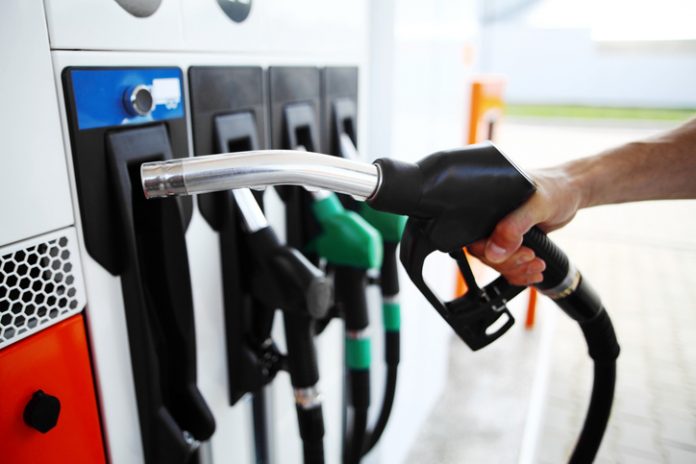Yesterday President Biden boldly announced that The United States would no longer import Russian oil. It was one more wooden nail into Putin’s evil heart. But we are all paying for Putin’s madness at the pump.
Although the U.S. receives about 7% of its oil from Russia, it can adjust. Europe that depends heavily on Russia, about 40 percent of its natural gas and more than a quarter of its oil from Russia. Canada gets next to nothing from Russia in oil products, but our prices at the pump are taking off like a rocket.
World oil products are a complicated game of supply and demand. When Russia invaded Ukraine, it caused the scales to tip wildly on fuel prices around the globe. Including Canada.
Canada has the world’s third-largest oil reserves. Canadian companies refine most of our crude oil. But with Canadians consuming tens of billions of litres of oil each year, Canada also imports crude oil from other countries to meet demand. We supply the U.S. with 61% of their imported oil. But, more than 77% of Canada’s total crude oil imports in 2020 came from the United States.
Europe says they will drastically cut back on the oil and gas they import from Russia. Russia is the world’s third-biggest oil producer, behind the US and Saudi Arabia.
By removing Russian oil and gas from the marketplace, world supply is severely cut. This is just when the pandemic is easing, and pent-up demand for oil and gas is hitting the marketplace. It’s the combination of a supply cut and an increase in demand that raises fuel costs for us.
During the pandemic, there was decreased demand for oil products, production was cut back, further reducing global supply, which is suddenly needed now.
The U.S. is asking Saudi Arabia to increase production, they are the leading producer in OPEC (The Organization of the Petroleum Exporting Countries), they influence pricing. The U.S. is also looking at Venezuala for more production. The U.S. cut Venezuala off, placing sanctions on them due to their questionable national politics.
These multiple factors that lead to a smaller global supply of oil mean Canada is now competing for oil in an ever-more competitive market.
With global oil prices skyrocketing, we have little alternative than to go along for the ride. We could easily see gasoline prices of $2.20 per litre in Canada, say the experts.
This would affect an economy that is already feeling rising inflation. This newest pressure in fuel prices will only cause the price of just about everything you can imagine to rise, fueling inflation more and putting a damper on economic recovery from the pandemic.
If there is good news to be found in this, it’s, that Canada has the world’s third-largest oil reserves. More than likely we will see more Canadian oil production, which will boost our economy.
The tragedy is not the rising cost of fuel. The tragedy is the evil and horror taking place on innocent lives in Ukraine.



















